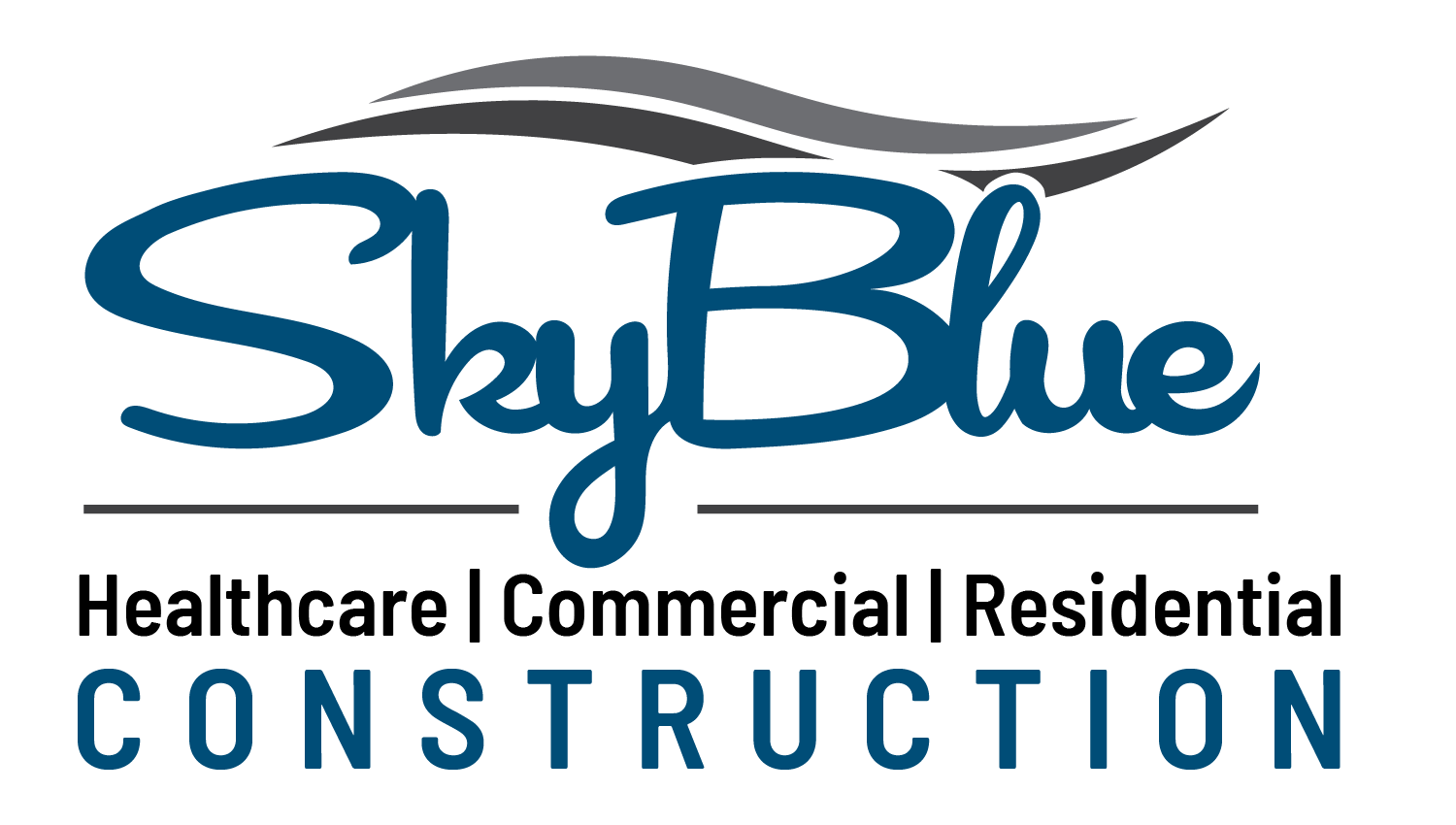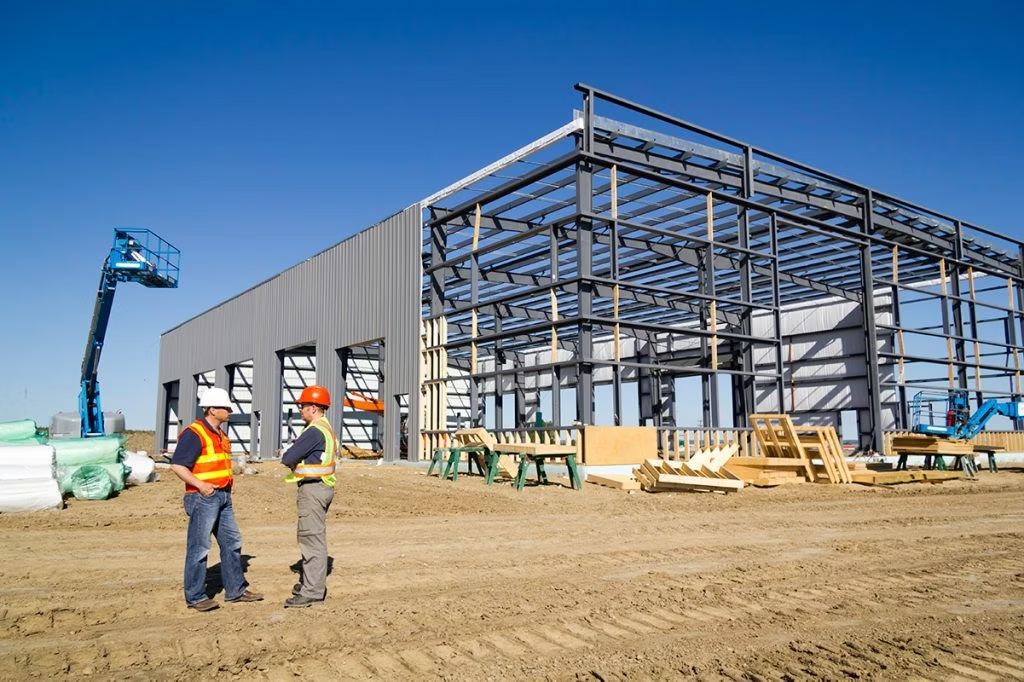Warehouse construction in Calgary involves more than just building a structure; it requires careful planning to assure functionality, efficiency, and compliance with local regulations. Whether expanding or starting a new project, several important factors must be considered. This blog will highlight the key elements to focus on for a successful warehouse construction project, from site selection to design and budgeting. By addressing these aspects, you can assure your new warehouse meets your operational needs while staying on track with timelines and costs.
Location Considerations of Warehouse Construction in Calgary
The location of your warehouse is a crucial factor in ensuring operational efficiency. When selecting a site in Calgary, consider the following:
- Accessibility: The site should be easily accessible to employees, suppliers, and customers. Being close to main roads and transportation hubs can streamline delivery and reduce delays.
- Proximity to suppliers and customers: Choosing a location near your suppliers and customers can help reduce transportation costs and improve delivery times. Evaluate factors like distance, traffic conditions, and road quality.
- Land availability and cost: The price of land for warehouse construction in Calgary can vary depending on the area. Ideally, find an affordable location that’s just a short distance from the city center to balance cost with convenience. Moreover, consult a real estate agent with experience in commercial properties for guidance.
- Zoning and permits: Before proceeding with warehouse construction in Calgary, make sure the land is zoned for warehouse use and that you can obtain the necessary permits from local authorities. Sky Blue can assist in assuring all zoning and permit requirements are met for your project.
Design
The design of your warehouse plays a key role in its functionality. Here are some important design considerations:
- Layout and efficiency: A well-thought-out layout can improve productivity. Consider factors such as wider aisles, strategic placement of loading docks, and adequate storage space to assure smooth operations.
- Indoor climate control: Due to Calgary’s climate, warehouses may need climate control systems to protect goods from extreme temperatures. As a result, assure your design includes an efficient climate control system that meets your needs without excessive energy use.
- Structural considerations: Depending on the warehouse’s size and function, the design should include factors like column spacing, clear span areas, and slab thickness. Additionally, if heavy equipment is used, crane facilities should be included to assure the safe handling of materials.
- Safety: Worker safety should be a top priority. Therefore, plan for adequate lighting, fire safety systems, and clear signage to maintain a safe environment.
Logistics
Effective logistics are essential for smooth warehouse operations. Key logistics considerations include:
- Equipment and machinery: When designing the warehouse, assess your equipment needs and assure the layout accommodates machinery and other tools necessary for efficient operation.
- Loading docks: Proper loading docks are critical for efficient product handling. To avoid delays, plan for enough docks based on your expected shipment volume.
- Storage systems: Choose storage solutions that fit your products, such as pallet racking or shelving. In doing so, you will help maximize space and maintain an organized warehouse.
- Transportation: Develop a transportation plan to streamline the flow of goods. Consider factors like road conditions, weather, and traffic to assure timely deliveries.
Construction Timeline
You should carefully plan the timeline for constructing a warehouse to avoid delays. Key factors include:
- Project planning: Set realistic deadlines for each phase of the construction process, including site preparation, building, and inspections.
- Weather conditions: In Calgary, seasonal weather can impact construction—therefore, account for potential weather delays, especially in winter months.
- Contractor coordination: Ensure that all contractors are aligned on the project schedule to avoid setbacks.
Budget and Cost Management
Managing the budget for warehouse construction is vital to prevent cost overruns. Consider the following:
- Initial costs: Get accurate estimates for land acquisition, materials, and labor. Additionally, hidden costs like permits and fees are factored in.
- Ongoing expenses: Include long-term costs such as maintenance, utilities, and insurance in your financial plan.
- Contingency fund: Set aside a portion of your budget for unexpected costs that may arise during construction.
Sustainability and Environmental Impact
Building a sustainable warehouse can reduce long-term operating costs and minimize environmental impact. Key considerations include:
- Energy efficiency: Design the warehouse with energy-saving features like natural lighting, insulation, and energy-efficient heating and cooling systems.
- Waste management: Plan for waste reduction during construction and consider recycling materials when possible.
- Eco-friendly materials: Use sustainable building materials to minimize the environmental footprint of your warehouse.
Conclusion
Completing a warehouse construction in Calgary requires attention to detail, strategic planning, and the right team. By focusing on critical factors such as site selection, design, budget, and compliance, you can ensure the project runs smoothly and meets your business needs. At every step, working with experienced professionals can make all the difference in achieving long-term success. Therefore, if you’re ready to start your warehouse construction project, we are here to guide you through the process with expertise and dedication.
Ready to start your warehouse construction project? Contact Sky Blue today for expert guidance and seamless execution.


